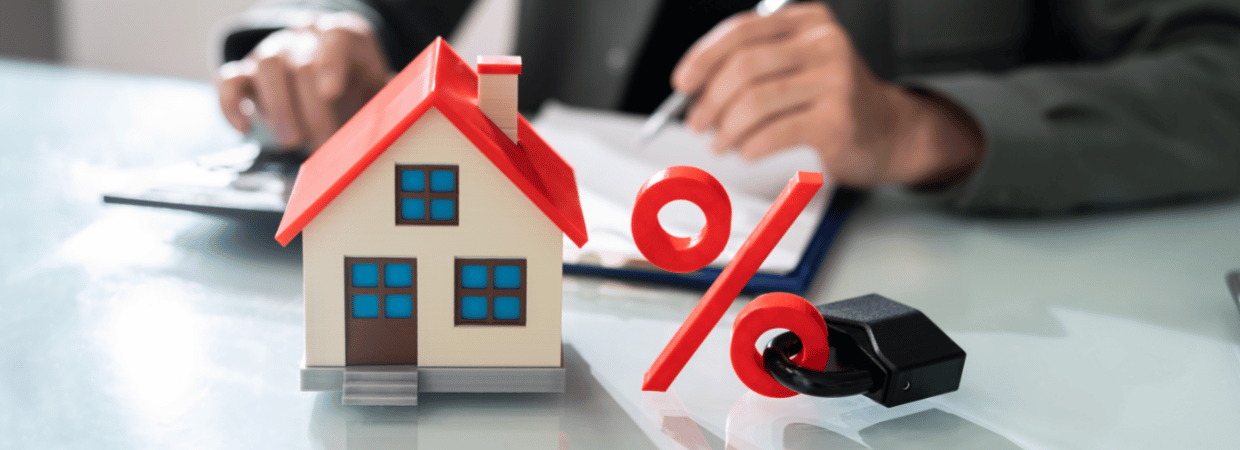What is a Mortgage Rate Lock?

When you are buying a house or refinancing an existing mortgage you have the option to lock your rate from the time you make a formal application with a mortgage lender up until the closing. Locking your rate ensure you that no matter how the markets fluctuate your rate will be secure. Interest rates move daily either upward or downward. Once you lock your rate there is nothing you can do if rates go up, which protects you, or down. If you don’t lock the rate, you are what is known as ‘floating’ your rate. This can work to your advantage if rates are falling but obviously, hurt you when they are rising.
Typically, most lenders allow you to lock when you make an application and in the case of a purchase, you have a fully executed purchase agreement. Rate locks have certain defined lock periods which may be offered to you. There are normally 15-, 30-, 45- and 60-day lock periods. The longer the lock period typically the more costs you will pay. It is very important you know your lock period will cover you up and through your closing date. The most utilized lock period is 30 days. If your lock period expires then you can be subject to the current market rates or there may be an option to extend the lock period (before expiration) which may be free or have an extra cost associated with it.
Some lenders may pay for the lock to be extended if it was their fault in not being ready to close.
Some lenders have extended lock periods beyond 60 days, but these tend to be expensive. Most of these are associated with building of a home which is a much longer process.
There is typically no fee to initially lock your loan if it is 60 days or less.
Be certain, especially on purchases, you account for enough time between the start of your lock period up and through the estimated closing date in your purchase agreement.
As always, please utilize a trusted mortgage advisor to guide and assist you on mortgage rate locks.



